How a Woman Pilot From Rural Bhopal Clocked 7000 Flying Hours To Become a DGCA Flight Inspector
In Bhopal, evenings often unfold on the terrace — families sitting under open skies, neighbours calling across railings, the smell of dinner drifting up from kitchens below. It’s a city where life follows a familiar rhythm. Most girls grow up knowing what’s expected of them, what’s within reach, and what’s best left alone.
But one evening, a young girl looked up and saw a plane passing overhead. It was a small moment, the kind no one else would notice. But she stayed there, watching until the sky was empty again. She didn’t know where the plane had come from or where it was going. She just knew it had moved — and something inside her had, too.
She didn’t tell anyone. Not then. But the thought stayed with her.
That girl was Poonam Devrakhyani.
And that passing plane would come to mean far more than she ever imagined. Years later, she would find herself in a cockpit, thousands of feet above the ground — not just flying, but paving the way for others like her to do the same.
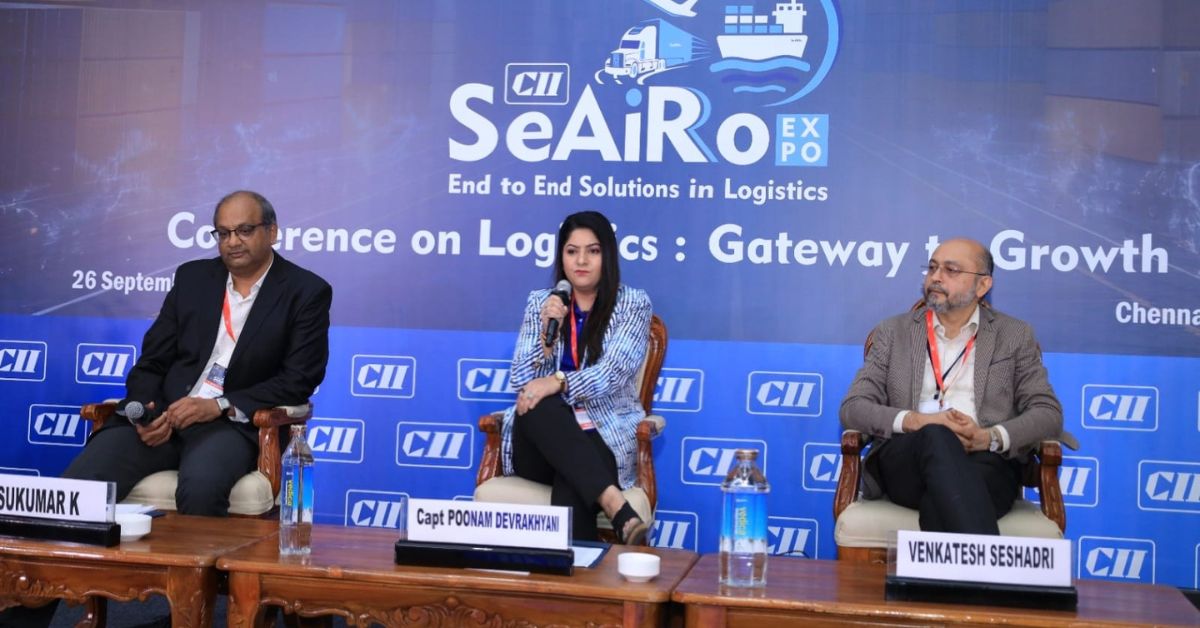 Captain Poonam is now a Flight Operations Inspector with the Directorate General of Civil Aviation (DGCA)
Captain Poonam is now a Flight Operations Inspector with the Directorate General of Civil Aviation (DGCA)
In a candid interview with The Better India, Captain Poonam, now a Flight Operations Inspector with the Directorate General of Civil Aviation (DGCA), shares the journey and struggles that led her to become a pilot, and what it takes to handle flight challenges like engine failures and other critical situations.
Breaking tradition to live a dream
Telling her family and community she wanted to be a pilot was met with shock. “It just wasn’t something girls did. Especially not in a place like Bhopal,” Poonam recalls. Complicating matters, her parents were already caring for her disabled brother, Vijay Devrakhyani. “They had so much on their plate. Sending me for flight training felt out of reach, both financially and emotionally.”
Vijay lives with almost 98 percent locomotor disability and cerebral palsy. Most of the family’s resources went into his treatment, and for years, their lives revolved around his care. But Vijay had a way of defying limits. He went on to earn places in the Asia Book of Records, Limca Book of Records, and India Book of Records for performing the highest zipline by a person with locomotor disability. Watching him push forward, despite every challenge, gave Poonam a kind of strength she held close.
She wasn’t one to let her passion fade. Eventually, her parents saw how much it meant to her and, despite everything, supported her dream. “Their belief in me meant everything. I knew I wasn’t doing this just for myself, I was carrying their hopes, too.”
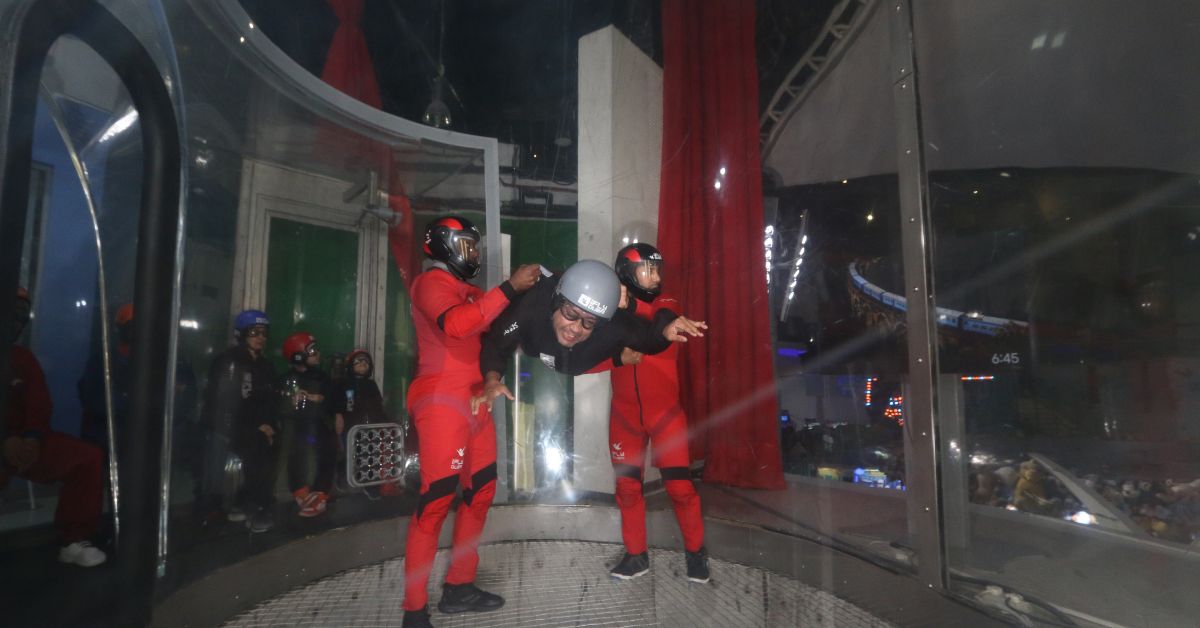 Vijay has Asia Book of Records, Limca Book of Records, and India Book of Records for performing the highest zipline by a person with locomotor disability
Vijay has Asia Book of Records, Limca Book of Records, and India Book of Records for performing the highest zipline by a person with locomotor disability
To ease the financial burden, Poonam took on odd jobs, such as washing aircraft, working shifts in coffee shops, and anything that helped her stay in training. “It wasn’t glamorous, but every little bit helped. Every shift got me closer to the sky.”
And her undying spirit did pay off — not all at once, but over time, in the hours she carved out between flights and studies. While flying with Jet Airways, she kept up with her coursework, often catching up on assignments between layovers or after long shifts. It wasn’t easy to keep pace with both worlds, but she kept at it.
When she finally graduated, she had not only completed her degree, but also she had topped her university. That’s when people in Jet Airways started calling her the “Golden Girl”.
Navigating cockpits, controls and confidence
Ask her about her first time flying a plane, and her eyes light up. “It was surreal. Sitting in the cockpit, gripping the controls — It felt like I was finally where I belonged. As the plane lifted off, I could feel my whole life changing in a moment.”
However, Poonam’s hard work wasn’t always welcomed with clear skies. There were moments of doubt and exhaustion, and of questioning her ability and choices. “Aviation training is intense. Balancing it with studies and family responsibilities was indeed difficult, but I never gave up. I kept thinking about my brother. If he could face life with such courage, so could I.”
That mindset helped her again and again — especially in the cockpit, where every second counted. Among those moments, one during her time at Jet Airways has stayed with her.
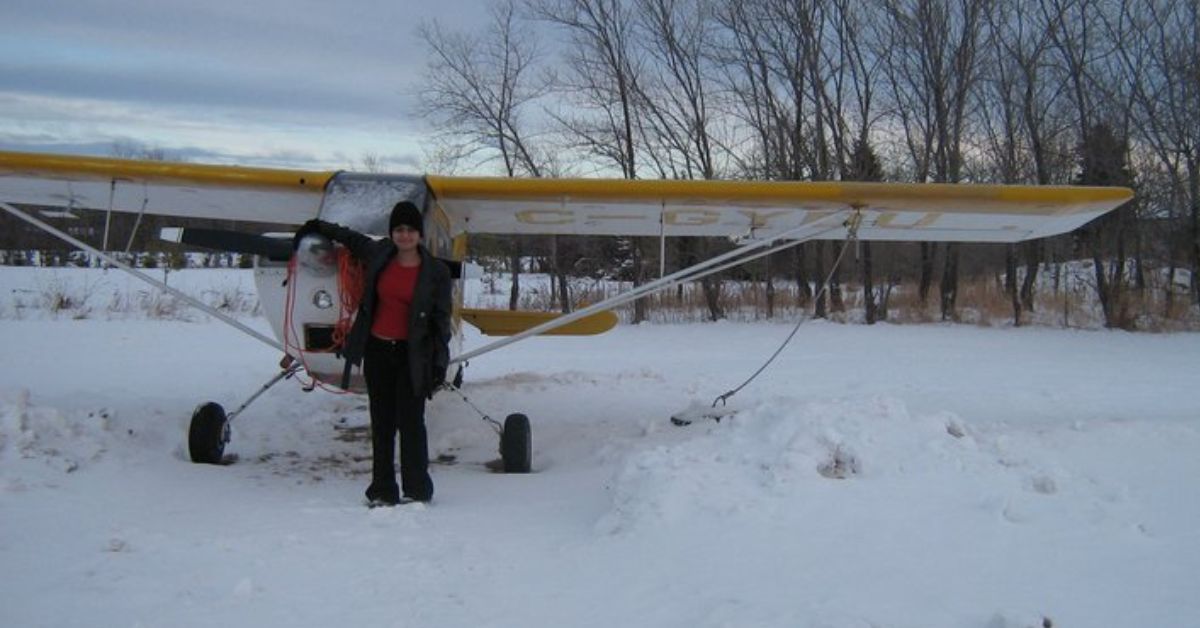 Now working as a Flight Operations Inspector with the DGCA, Poonam helps keep flight operations across the country safe and accountable.
Now working as a Flight Operations Inspector with the DGCA, Poonam helps keep flight operations across the country safe and accountable.
She recounts to The Better India, “I was flying a flight from Doha when a cargo door alert forced me to reject takeoff just as the plane began to roll. Everything slowed down. I knew I had to act fast. I brought the plane to a halt and confirmed the issue. We were able to fix it and take off safely.”
That ability to stay calm, take charge, and keep people safe in high-pressure moments has shaped her journey ever since. She traces it back to those early years of training — the long hours, the drills, and the discipline it taught her.
Even when Jet Airways was nearing closure in 2019, she stood by it. “I flew empty aircraft and worked unpaid for months. Jet had given me so much. I felt it was my duty to give back, right till the end.”
Now working as a Flight Operations Inspector with the DGCA, Poonam helps keep flight operations across the country safe and accountable. It’s a role that brings together everything she’s learned — her years in the cockpit and her studies in aviation law and airline management.
“My work now is about setting and maintaining the highest safety standards,” she says. “Every audit, every training review — it all comes down to one thing: keeping our skies safe.”
Inside a pilot’s mind during a mid-air emergency
While safety concerns have been a recent topic of discussion in the aviation industry, Poonam shares with The Better India that pilots around the globe are trained to face all the possible technical dangers that can be imagined.
“Every six months, pilots undergo training in a simulated setup. The process is divided into two days. On the first day, we have a four-hour session, and on the second, we go for checks. One of the standard operating procedures during emergencies for pilots is to aviate, navigate, and communicate,” Poonam says. “‘Aviate’ means that we need to fly the aircraft, ‘navigate’ is about knowing where you are going, and ‘communicate’ means staying in touch with the Air Traffic Controller (ATC).”
Poonam explains that pilots are trained to handle all kinds of emergencies — from engine failures and fires to rapid decompression, which happens when the cabin suddenly loses pressure. “We train for these situations regularly,” she says. “Even the cabin crew is prepared to deal with medical emergencies, like if a passenger has a heart attack mid-flight.”
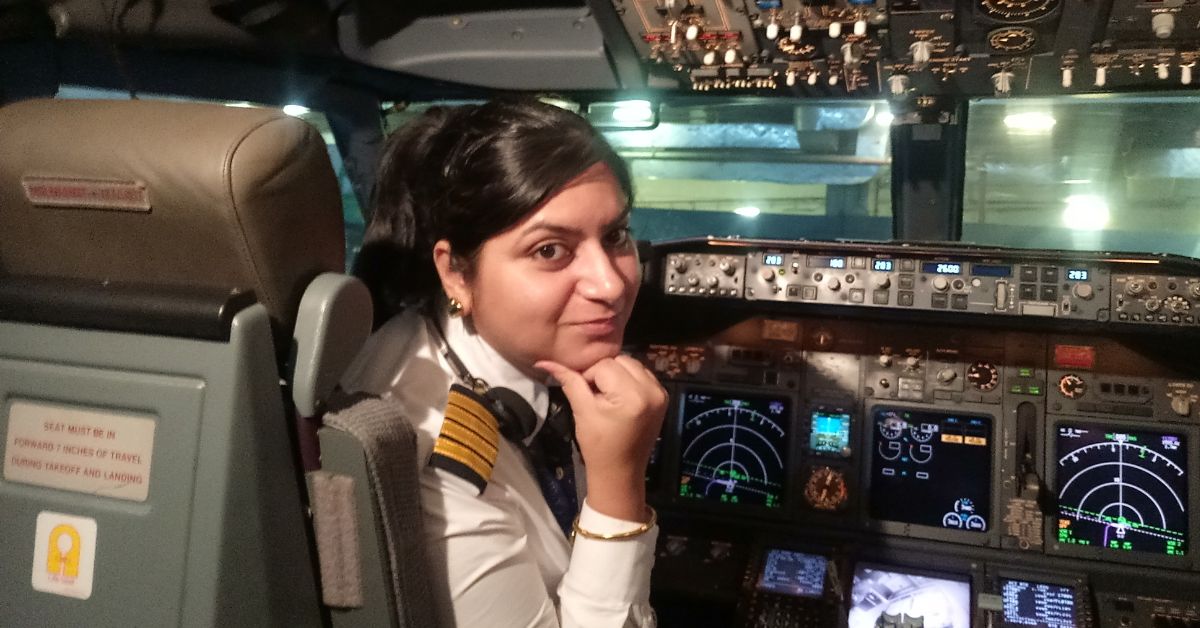 At Jet Airways, Captain Poonam was fondly called the “Golden Girl”
At Jet Airways, Captain Poonam was fondly called the “Golden Girl”
In any in-flight emergency, there’s a clear process. “The first thing we do is fly the aircraft — stay in control and keep it steady,” she explains. “Then we inform Air Traffic Control. After that, we follow a checklist from the Quick Reference Handbook, which lists step-by-step actions for different emergencies.”
One pilot — usually the senior commander — focuses on flying, while the other reads the checklist aloud and handles communication. “It’s about staying calm, working together, and doing exactly what we’ve trained for,” she adds.
She continues, “In the event of an engine fire, the flight crew promptly initiates the Engine Fire checklist, which includes shutting down the affected engine and discharging the onboard fire extinguishing agent. Following completion of the immediate actions, the crew assesses the aircraft’s condition, identifies the nearest suitable aerodrome, and commences diversion procedures for an expedited landing, as an engine fire is classified as a Mayday-level emergency.
However, not every in-flight issue requires an emergency landing,” Poonam explains. “There are also caution-level alerts that indicate non-critical system anomalies, allowing time for assessment and response. For example, if the landing gear fails to extend during the approach phase due to a hydraulic failure, the crew follows the Landing Gear Extension Failure checklist and uses the alternate system, which allows the gear to be extended mechanically. Such systems are built into the aircraft to ensure a safe landing even in the event of primary system failure.
The key, she says, is knowing which problems need urgent action and which ones give you some breathing room.
She also highlights the importance of Crew Resource Management — a core part of pilot training that focuses on staying calm, communicating clearly, and working together with the co-pilot and crew during any kind of technical fault.
Inside the cockpit, when systems fail and decisions can’t wait
With so much modern technology in today’s aircraft, it’s easy to assume that machines handle most things — even during emergencies. But what happens when those systems stop working?
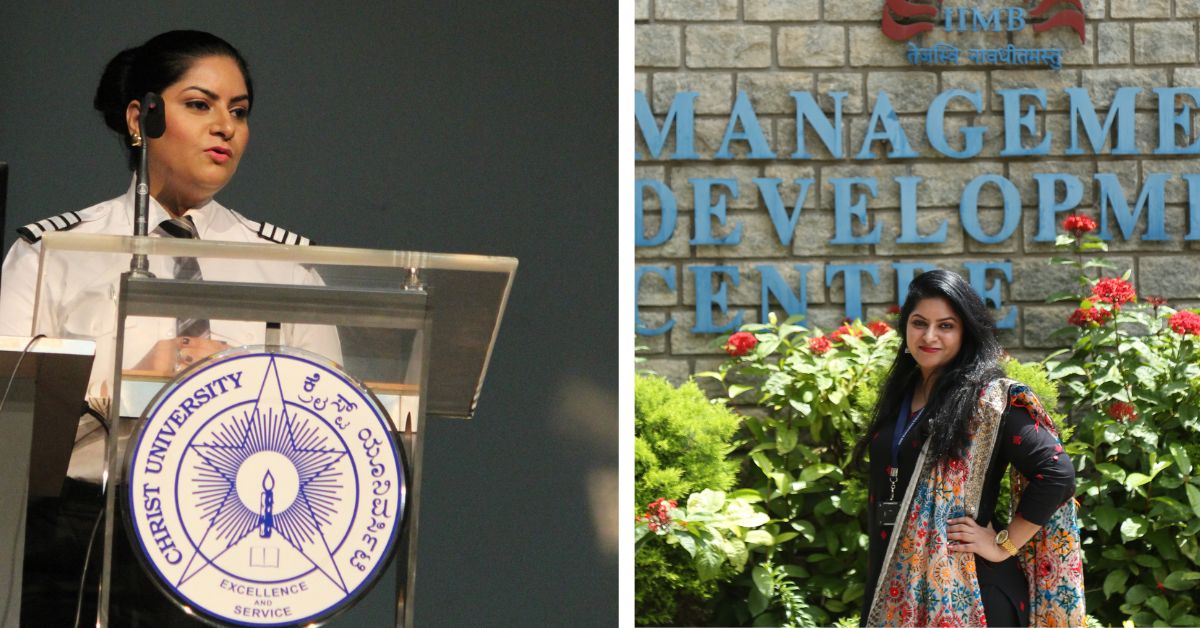 For Poonam, flying is only part of the dream. The bigger goal is making space for more women in aviation.
For Poonam, flying is only part of the dream. The bigger goal is making space for more women in aviation.
“Most automated systems have redundancy,” Poonam explains. “If one component fails, another can usually take over. But in rare cases, when multiple systems fail simultaneously, manual intervention becomes essential.” One such scenario is a dual hydraulic failure. Depending on which systems are affected, critical automation like the autopilot may become unavailable. In such situations, safe flight relies entirely on the pilot’s training, situational awareness, and decision-making under pressure.
“When a pilot enters the cockpit, they know they’re responsible — not just for themselves, but for every passenger on board,” she says. “So any decision we make in an emergency comes from that deep sense of responsibility and honesty.”
Earning respect in and beyond the skies
People who’ve worked with Poonam don’t hold back when talking about her impact. “She’s been such a strong presence in the team,” Capt I K Khanna, Director of Flight Operations at Blue Dart Aviation, tells The Better India. “The way she leads, the way she handles responsibility — it raises the bar for everyone. She sets the tone, and people around her feel that.”
Ask Poonam what keeps her going, and the answer comes from close to home. “My brother taught me the power of resilience,” she says. “He is my biggest motivation. Every achievement of mine is, in some way, a tribute to him.”
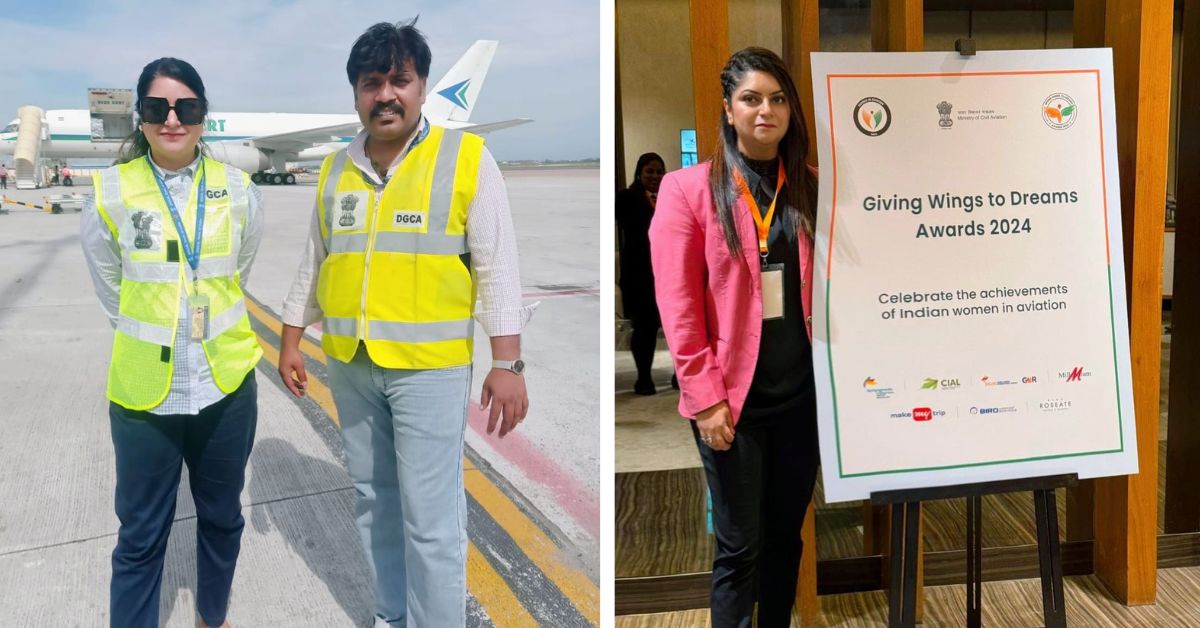 “If I can inspire even one girl to believe in herself, to take that leap — that’s enough for me,” Poonam says.
“If I can inspire even one girl to believe in herself, to take that leap — that’s enough for me,” Poonam says.
Her former professor, Dr Christophe Bénaroya of TBS Education in France, echoes Khanna’s sentiment. “Poonam brings so many strengths to the table. She has deep technical expertise — over 7,000 hours of flying experience across multiple aircraft — but also a strong understanding of regulation and leadership, which you don’t always see together.”
He adds, “During her MBA, her work on using artificial intelligence in aviation stood out. She was thinking about technology, but she was also looking at how it could improve passenger experience and make operations more efficient. She’s someone who can take big ideas and turn them into real-world solutions. And through it all, she never loses sight of safety — that’s always at the core of how she works.”
Opening more doors for women in the skies
For Poonam, flying is only part of the dream. The bigger goal is making space for more women in aviation. “There are still so many barriers, whether in terms of finances, society, or even safety concerns,” she admits. “But things can change. Mentorship programmes, flexible policies, and initiatives for women can encourage them to enter and thrive in this industry.”
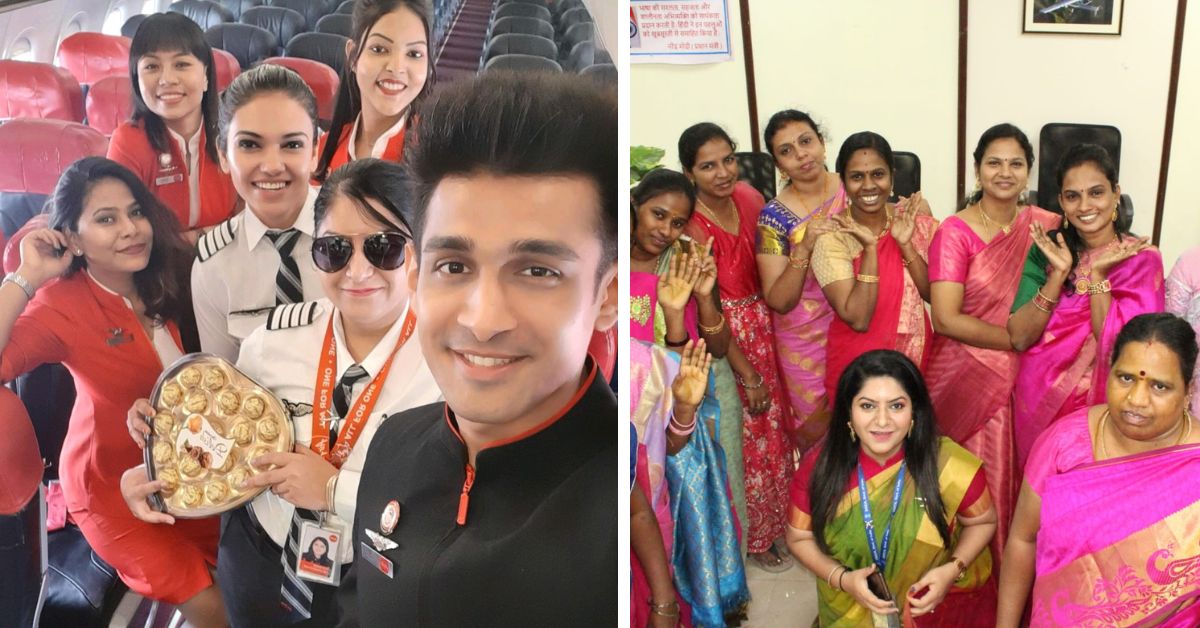 Any decision that the pilots make in emergencies is taken after a lot of thinking that goes in, a deep sense of responsibility and honesty.
Any decision that the pilots make in emergencies is taken after a lot of thinking that goes in, a deep sense of responsibility and honesty.
Dr Bénaroya agrees, “Poonam’s journey really shows what’s possible for women in aviation. It’s a field that’s still mostly male-dominated, but she has carved out her space with a humble strength and clear purpose. She has even been recognised by the Ministry of Civil Aviation and was named a Young Women Aviation Leader. All of this reflects how far she has come and how many young girls she is inspiring along the way.”
Captain Poonam became a pilot. She held her ground in rooms where she wasn’t expected, took control of machines once thought out of reach, and claimed the sky.
“If I can inspire even one girl to believe in herself, to take that leap — that’s enough for me,” she says.
And somewhere in a town like Bhopal, a girl looks up, sees a plane cut across the sky, and thinks, “Maybe the sky belongs to me too.”
News